Skip to content
Tasks [4]Reports [5]
By selected projects – The names of the projects included in a scenario are displayed beneath the scenario's name. If a project is currently selected, its name will be highlighted in the project's assigned color. Non-selected projects will appear with an outline only.Alphabetically – Scenarios are also sorted in alphabetical order.
Right-click on the selected scenario in the Scenarios List and choose Unselect [1].Click on the scenario name next to the Filter Table input and select None [2].
Multiple project scheduling
Overview
The process of scheduling multiple projects follows the same principles as scheduling a single project, but the interface has a few key differences.
Getting Started
To begin scheduling multiple projects, first select the projects from the project list [1]. Once selected, tasks from these projects will be loaded into the table [2]. The multi-project scheduler table has the same columns as the single-project schedule table, with one addition—the Project Name column. Only tasks within a specified time range will be displayed. You can adjust this range using the Time Range menu [3], which defaults to Today.


At the top of the interface, two tabs are available:
Scenarios list
As mentioned earlier, tasks will be loaded into the table after selecting projects from the project list [1]. However, unlike the single-project scheduler, this selection is not considered the "current" scenario and cannot be saved as a scenario. Scenarios are only created after scheduling projects and are organized based on the following rules:


After selecting scenario, projects which are scheduled with it will be automatically selected in projects list.
Unselecting scenario
There are two ways to unselect a scenario and return to the current, unscheduled data:




Want to print your doc?
This is not the way.
This is not the way.

Try clicking the ⋯ next to your doc name or using a keyboard shortcut (
CtrlP
) instead.